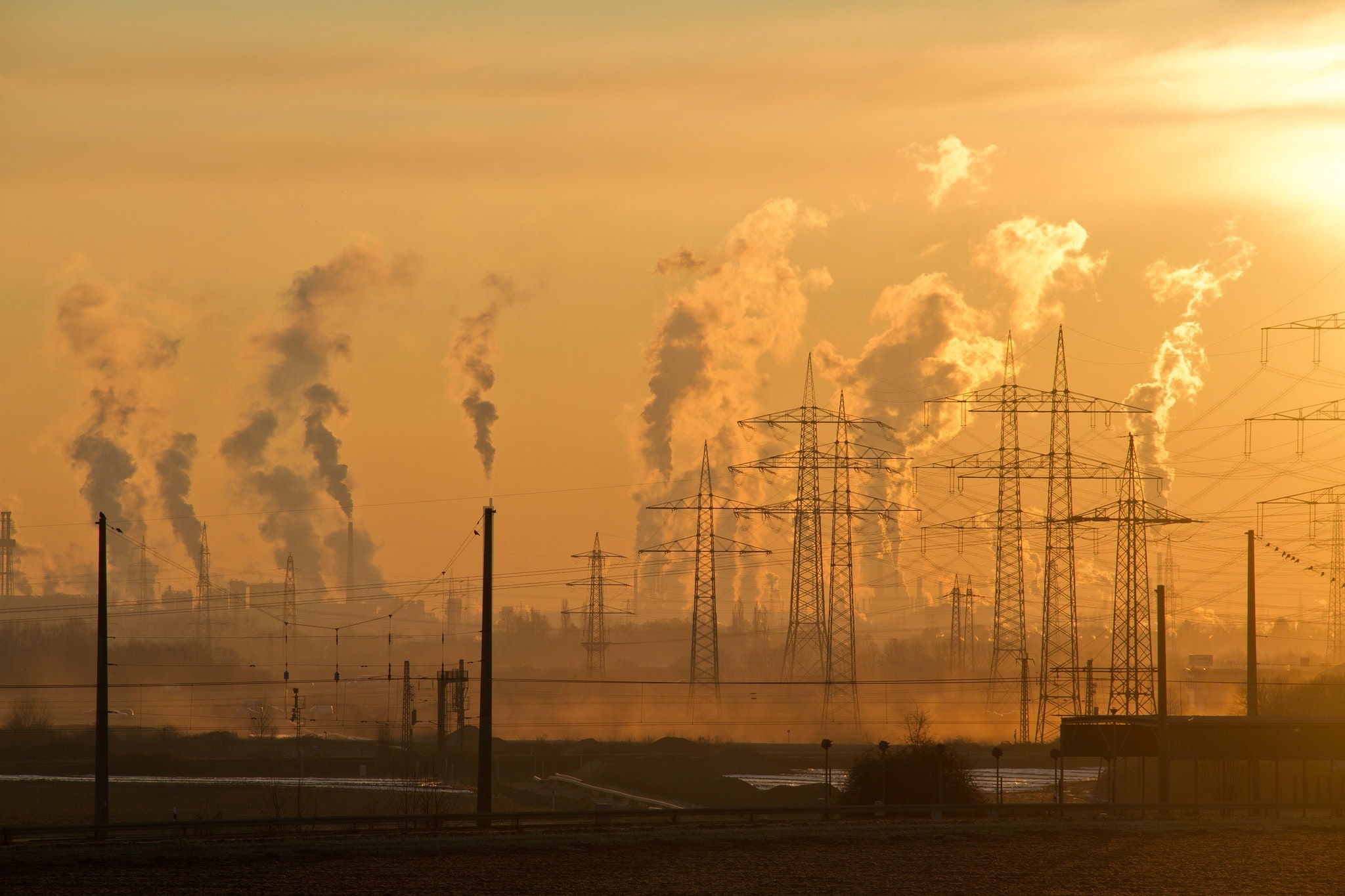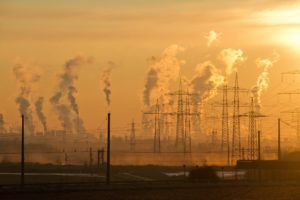
With routine development of advanced technology, the construction industry remains well-poised to reap the benefits from the likes of artificial intelligence (AI) and robotics.
Compared to other markets, AI remains a marginally small factor in the under-digitized construction industry. However, the presence of fast-growing technology sets AI on track to have a much greater impact in the future.
According to a 2017 McKinsey report, AI has a place in nearly every construction phase, from design through post-construction and every minuscule task in between.
AI is suited to overtake four major components of construction: planning or design via simulation of maps, construction plans, and blueprints; administration, where AI is adept to manage and control tasks in a streamlined fashion; construction methodology, done by providing a basis and guide for construction; and post-construction, where AI can be implemented into completed structures.
However, the primary concern for AI is industry takeover, a theory that construction workers will be replaced by computers created to perform the same tasks with arguably more accuracy and less human error.
While there’s no denying the benefits of AI and robotics in construction, there are certainly a number of associated risks.
Other industries, such as fast-food, finance, and grocery stores have already seen a reduction in workforce numbers because of advances in computer technology. What’s more, talk of AI taking on industries such as health care and transportation have become less-farfetched as these ideas inch ever-closer to becoming reality.
And, while the thought of perfecting processes and systems sounds appealing, the idea of the world we live in being inundated by AI that is unable to deliver the human touch or incapable of accommodating anomalous circumstances, due to a lack of breadth in data, is not.
By defaulting all responsibilities to an artificial system, we ultimately run the risk of putting complete—and excessive—trust into a system only as good as the inputted data, losing human compassion and judgment, and displacing workers.
No matter the consensus on AI in construction, there’s no doubt that it’s here to stay.



